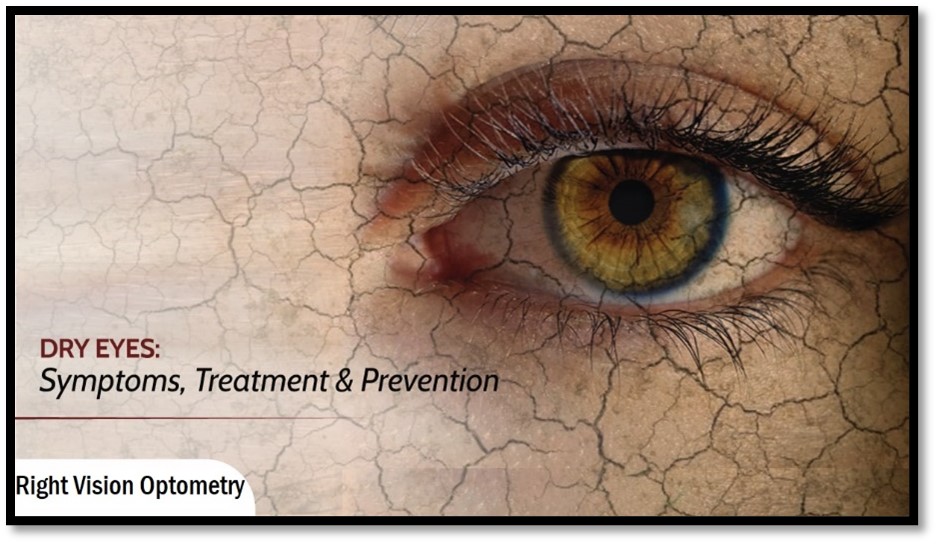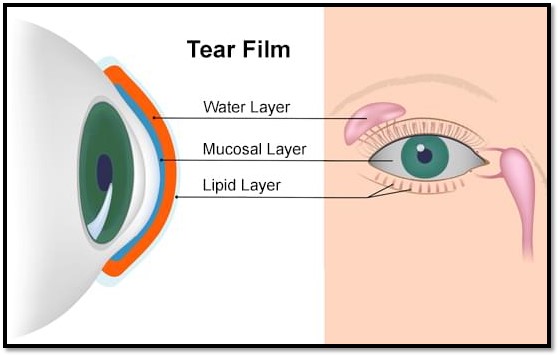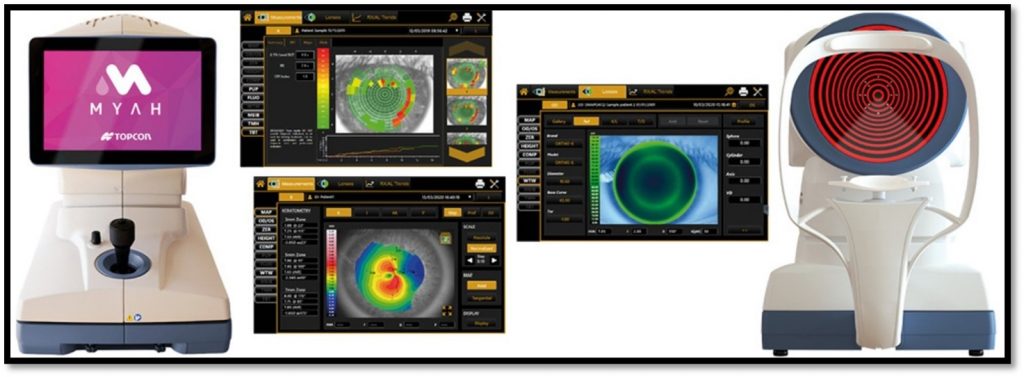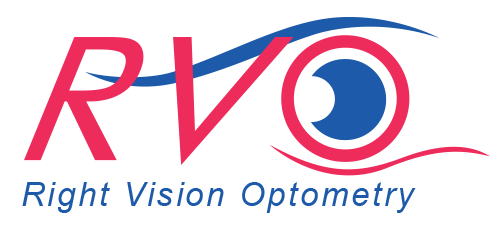
Dry eye syndrome is a chronic and usually progressive condition. It is caused by a lack of adequate tear production. Tears are composed of water, proteins, and lipids. This balance makes the surface of the eyes smooth and clear and protects the eyes from infections. It has been found that in over 85% of dry eyes cases the problem is in the lipid layer of the tears, which is produced by the meibomian glands in the eyelids.
Tear film
The tear film plays one of the most important roles by keeping the eyes moist, cleansing the eye surface, and providing protection against injury and infection. By blinking the eyelids, the film spreads evenly, which usually happens every 10 seconds. The tear film has three distinct layers, each of which performs a specific function:

Water layer
The aqueous (water) layer makes up 90% of the volume of the tear film and is produced by the lacrimal glands. It supplies the corneal epithelium with nutrients and atmospheric oxygen and has an antibacterial effect. It also cleans the eye surface by washing away accumulated particles and bacteria.
Mucosal layer
The innermost layer of the tear film consists of mucus, which is produced by the conjunctiva. It covers the surface of the cornea and significantly reduces the pressure on the ocular surface. In addition, it allows easy and even spreading of the water layer on the cornea, which is important for visual acuity.
Lipid layer
The lipid (oil) layer forms the outermost surface of the tear film and is produced by the meibomian glands. Its main function is to protect the intraocular fluid from evaporation. In addition, it prevents the overflow of tears from the eye and stabilizes the tear film. The most common cause of dry eye is a problem in the lipid layer due to impaired function of the meibomian glands (over 85%).
Symptoms:
- Stinging, burning or scratchy sensation.
- Itchy eyes.
- Aching, sore, or fatigued eyes.
- Sensitivity to light.
- Eye redness.
- A sensation of having something in your eyes (foreign body sensation).
- Mucus in or around the eyes.
- Dryness.
- Difficulty wearing contact lenses.
- Difficulty with night driving.
- Watery eyes, which is the body’s response to the irritation of dry eyes.
Causes:
- Natural Causes: aging, being female and experiencing hormonal changes.
- Environmental Causes: dry climate or high winds, both indoors and outdoors.
- Health Causes: Diabetes, Thyroid-associated conditions, Lupus, Rheumatoid Arthritis, and Sjogren’s Syndrome
- Other causes: incomplete blink (lagophthalmos), eye infections or trauma, certain medications, eye surgeries (LASIK and other refractive surgeries), masks, prolonged use of computers or digital devices, omega-3 fatty acids deficiencies, contact lens usage, and smoking.
Treatments:
- Lubrication drops (artificial tears) to provide necessary lubrication for the eyes. This treatment is substitutional, and when the artificial tears are stopped, the symptoms of dry eye will reappear.
- Punctal plugs on the tear ducts to stop drainage of tears.
- Radio frequency, which is the only treatment designed to regenerate the meibomian gland dysfunction. This modern and state of the art technology restores the lipid layers of human tears, playing a role in mitigating the symptoms of dry eyes. Improvements will be noticed after the first session, but at least 4 sessions are needed for the regeneration of the glands.
At Right Vision Optometry we use the latest technology in the diagnosis of Dry Eye Syndrome. Make your appointment today!

